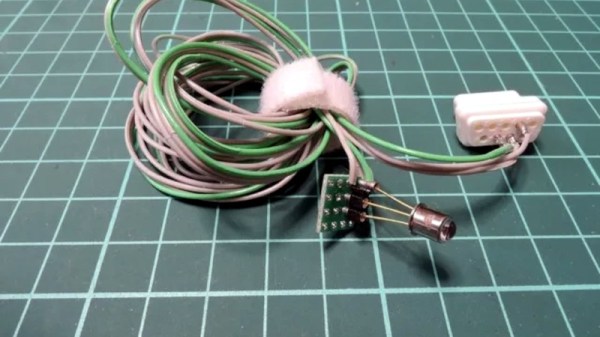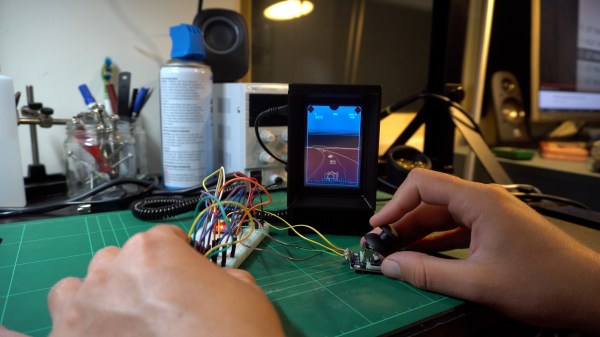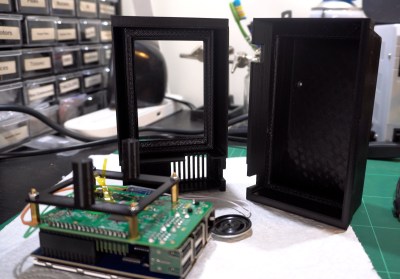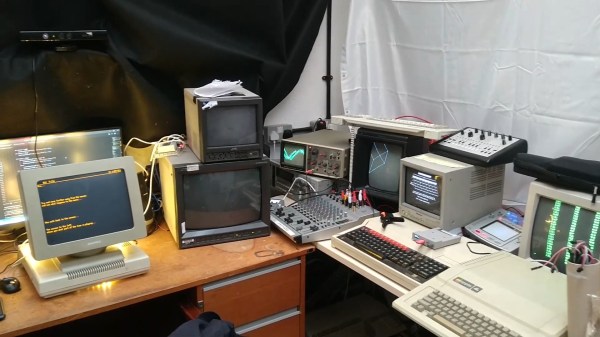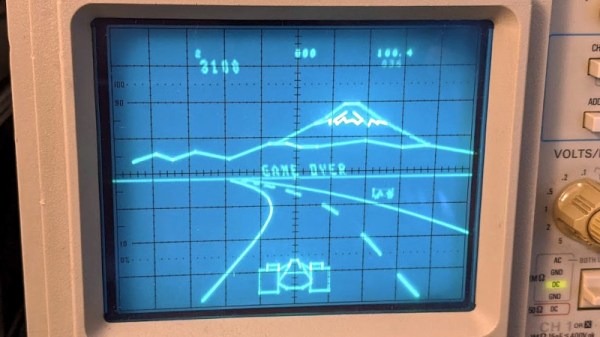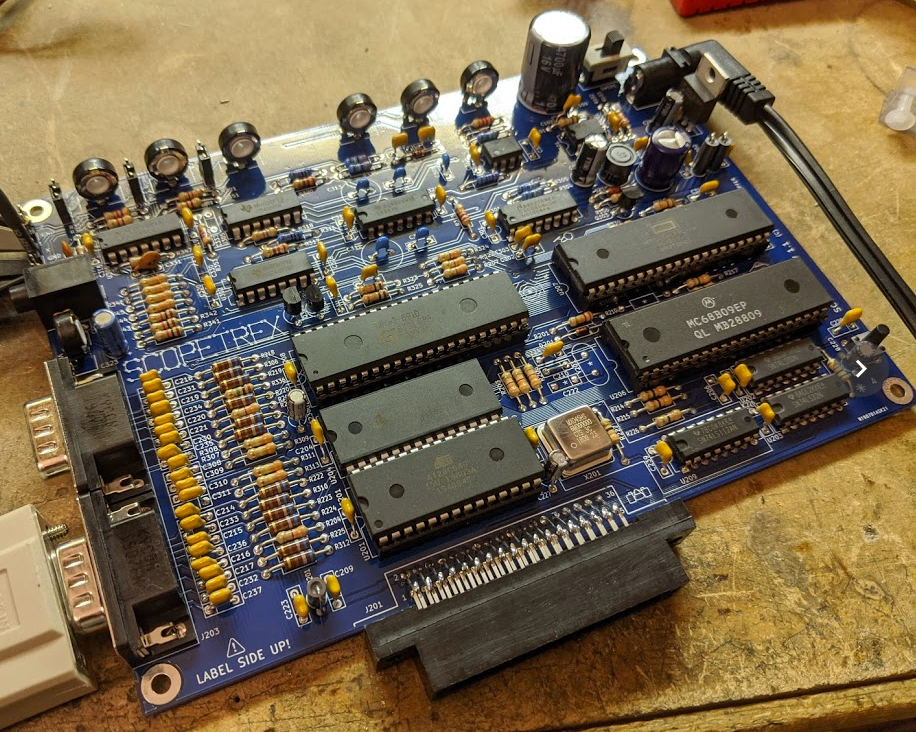The Vectrex console from the early 1980s holds a special place in retrocomputing lore thanks to its vector display — uniquely for a home system, it painted its graphics to the screen by drawing them with an electron beam, instead of scanning across a raster as a TV screen would. It thus came with its own CRT, and a distinctive vertical screen form factor.
For all that though, it was just a games console, but there were rumors that it might have become more. [Intric8] embarked on a quest to find some evidence, and eventually turned up what little remains in a copy of Electronic Games magazine. A keyboard, RAM and ROM expansion, and a wafer drive were in the works, which would have made the Vectrex a quirky equal of most of what the likes of Commodore and Sinclair had to offer.
It’s annoying that it doesn’t specify which issue of the magazine has the piece, and after a bit or browsing archive.org we’re sorry to say we can’t find it ourselves. But the piece itself bears a second look, for what it tells us about the febrile world of the 8-bit games industry. This was a time of intense competition in the period around the great console crash, and developers would claim anything to secure a few column inches in a magazine. It’s not to say that the people behind the Vectrex wouldn’t have produced a home computer add-on for it if they could have done, but we remember as teenagers being suckered in by too many of these stories. We still kinda want one, but we’d be surprised if any ever existed.
If you have a Vectrex, it’s possible to give it a light pen.



